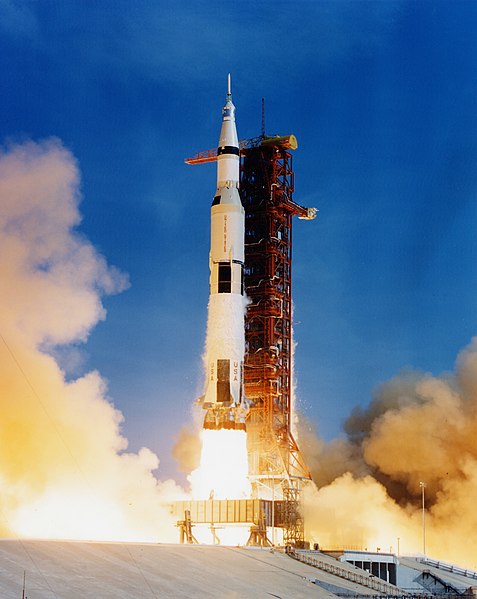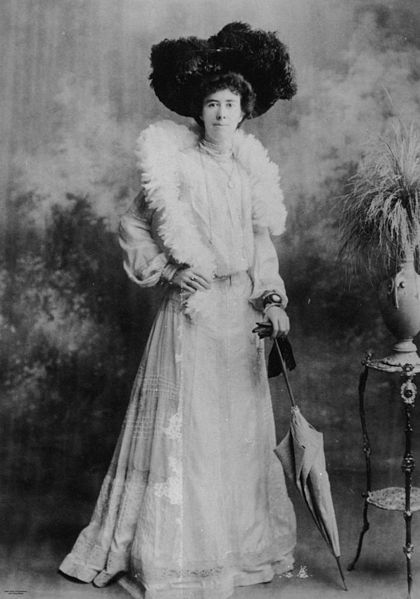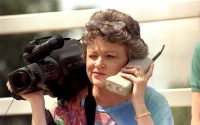Inspiring Hope for the Environment Through History
by EMILY KURTZ

In Multimedia Reports: Indicators of Journalism in the Digital Age, author Kiki Wallick discusses the ways that the diffusion of technology has transformed journalism. Wallick writes “New technology, practices, and tools are transforming journalism for the better. Stories, whether they be breaking news or long-term projects, are being told in a variety of new, innovative ways that refreshingly engage with readers.”

Wallick refers to one story in particular, The New York Times’ Apollo 11 moon landing 50th anniversary augmented reality report. While reading through this multimedia report which combines various journalistic forms including “original audio transcripts between the two astronauts and mission control, mission photographs of the moon, and a stunning mission reconstruction that allows readers to recount the historic moment as if they were Neil Armstrong”, I couldn’t help but wonder how this ground-breaking story was originally reported (Wallick 2019). So, I took a trip down memory lane.
I ended up reading The Story of 8 Unforgettable Words About Apollo 11, which is an account of John Noble Wilford’s approach to writing and reporting on the original Apollo 11 story of humanity’s giant leap for the July 21, 1969, edition of The New York Times.
Wilford knew he was writing the most important story of the century and his brilliance shined through in the creation of the simplistic yet impactful lede, “Men have landed and walked on the moon.” The original piece includes an extremely detailed account of the day that changed science forever.
As Shwartz notes, Wilford “turned a technically challenging human achievement into a narrative suffused with drama, felicitous language and even humor.” This type of journalistic writing is only achieved by the most skilled and dedicated journalists. I was quite impressed after reading bits from the original piece.

However, this isn’t the only brilliant historical environmental journalism I’ve been struck by. This week I read from The Environment and the Press, by professor and journalist Mark Neuzil. From pages 133-145, he writes about the early efforts of environmental journalists and advocates in the fight against the fashion industry’s affinity for plumage in the 1800’s. This was a ground-breaking effort by journalists of the time, and present-day journalists are still writing about it.
Just like the New York Times’ Apollo 11 anniversary story, The Bizarre Bird Hat Fad That Led To Malheur’s Public Land Protections by Jes Burns takes a story from the past and utilizes modern multi-media techniques such as photography and videos to remind readers of this successful and historical environmental effort.
It has become clear to me after this week that modern journalism and technologies can work to reintroduce environmental efforts of the past to the public. Like Wallick says, the new age of journalism is most certainly a way to “refreshingly engage” readers. If environmental journalists can utilize new techniques to tell the stories of historical environmental efforts, maybe we can inspire a sense of hope and direction in environmental efforts and advocacy.
Sources:
Burns, J. 2016. The Bizarre Bird Hat Fad That Led to Malheur’s Public Land Protections. Oregon Public Broadcasting. Accessed November 17, 2019.
Corum, J., M. Grondahl, E. Grothjan, M. Hopkins, J. Huang, Y. Parshina-Kottas, K. Patanjali, and G. Roberts. 2019. Apollo 11 As They Shot It: One Small Step. The New York Times. Accessed November 17, 2019.
Neuzil, M. 2008. The Environment and the Press: From Adventure Writing to Advocacy. Northwestern University Press, USA.
Schwartz, J. 2019. The Story of 8 Unforgettable Words About Apollo 11. The New York Times. Accessed November 17, 2019.
Wallick, K. 2019. Multimedia Reports: Indicators of Journalism in the Digital Age. Accessed November 17, 2019.

